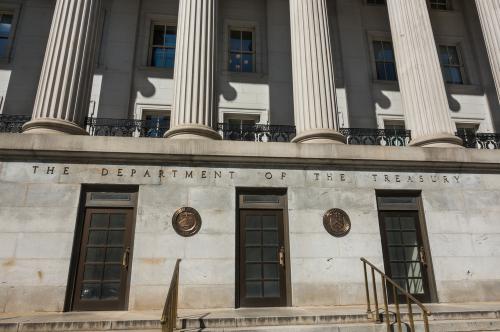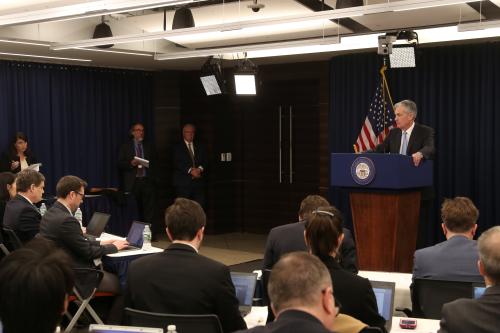Not a heck of a lot, though we did see Chair Janet Yellen display World Cup-caliber agility in avoiding any fouls or fumbles at her second press conference.
Here are a few instant takeaways:
1. For now, the Fed expects the U.S. economy—despite a first-quarter hiccup—to continue improving so that it can continue to reduce its bond-buying and think about raising interest rates from zero sometime in 2015. Yellen—if not all her colleagues—is not going to rush to do that.
She ticked off an impressive list of reasons why the U.S. economy should be doing better in the months ahead:
- Highly accommodative monetary policy
- Waning fiscal drag
- Easing credit conditions
- Households becoming more comfortable with their debt levels
- An improving job market
- Rising home prices
- Rising equity prices
- An improving global economy
But she knows that the Fed has been consistently over-optimistic about economic growth, and she didn’t exude confidence. “All those things ought to be working to produce above trend growth and I think that’s what’s reflected in the [new Fed] forecasts,” Yellen said. “Of course there is uncertainty around that projection.” (See the Fed’s latest forecasts.)
Yellen emphasized that the job market is a lot weaker than the official unemployment rate suggests, which gives the Fed reason to move slowly to move interest rates towards normal levels. Taking sides in an increasingly heated debate among economists, Yellen said she and several of her colleagues see some of the recent decline in the jobless rate as “perhaps not representing a diminution of slack in the labor market.”
2. Yellen and others at the Fed are a little uneasy about financial markets’ eerie tranquility (“low volatility,” the pros call it) and see a few signs that this prolonged period of low interest rates is prompting people to do dumb things (“There is some evidence of reach for yield behavior,” she said). The Fed is not so worried that it’s going to raise interest rates sooner than anticipated, but it really doesn’t want markets to take its published interest-rate forecasts as promises. “There is uncertainty about monetary policy,” she said; the Fed’s moves depend on how the economy behaves. Yellen looked for ways to feather the word “uncertainty” into almost every answer, as if cautioning markets not to be complacent or overly confident that the Fed is on a predetermined course.
3. The Fed is a tad gloomier about the long-run. Although there have been some changes in the cast of policymakers lately that make reading the forecasts a bit tricky, officials’ average forecast for long-run growth for the U.S. economy dipped to 2.2% from 2.25% in March and 2.4% in June 2013. And, in part as a result of that, the modal projection for the Fed’s key short-term interest rate when the economy returns to normal slipped to 3.75% from 4.0%. (That’s a long way from roughly zero, where the rate has been stuck since 2008 and will almost surely remain for the rest of this year.)
Asked about the slightly more pessimistic view, Yellen cited the softness of business investment (which suggests slower growth in productivity ahead) and the possibility that some workers who have been on the sidelines of the job market for a long time may never be drawn back to work.
The Brookings Institution is committed to quality, independence, and impact.
We are supported by a diverse array of funders. In line with our values and policies, each Brookings publication represents the sole views of its author(s).



Commentary
What Did We Learn from Yellen and the Fed Today?
June 18, 2014